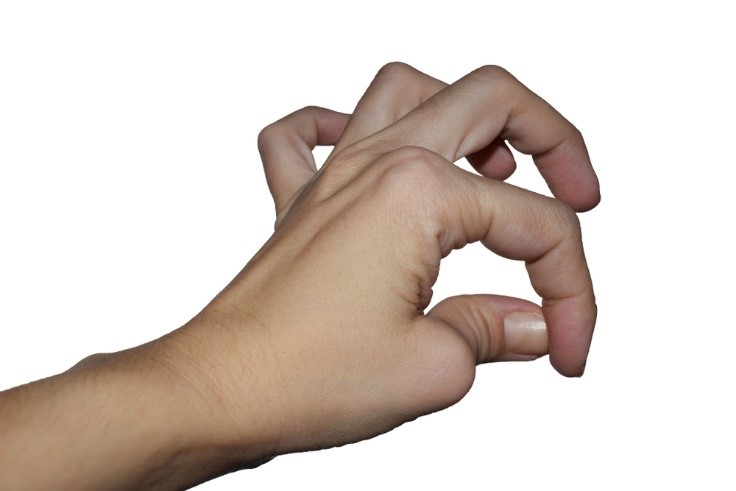Are You Double Jointed?
Patients are often asking me if they are double jointed. (The medical term is hypermobile and is a condition where joints are allowed to move further than in a normal joint) Many have a vague idea that they may be hypermobile and wonder if it is, or could end up being, a serious disability.
Perhaps surprisingly, you can be very slightly or far too flexible, you can even be hypermobile, but not have hypermobility syndrome. I know that sounds confusing. Hypermobility syndrome is a condition that affects the joints, making them unusually flexible. Left untreated, it can mean you may struggle with day-to-day activities. Typical examples are frequently being more prone to strains and sprains. Hypermobility syndrome can also lead to back pain and achy joints.

If you are worried you may be hypermobile, then we can test you for this condition at the clinic or you can see your GP, who uses a questionnaire called the Beighton score to establish if you are just flexible or have hypermobility syndrome. One of the key indicators is having four hypermobile joints with pain lasting more than three months. Your GP will also look at soft tissue damage and associated pain lasting more than three months.
Hypermobility runs in families so is often a hereditary problem. One of the main causes is thought to be genetically determined changes to a type of protein called collagen.
Physiotherapy treatment can help you manage this condition and help you avoid any unnecessary suffering.
If you would like to quickly score yourself:
- With your knees straight, can you reach the floor with your palms flat on the floor? If yes, one point.
- Can you take your elbows 10 degrees or more past straight? If yes, add one point for each elbow.
- Can you take your knees 10 degrees or more past straight? If yes, add one point for each knee.
- With your wrist bent at 90 degrees (palm towards inner forearm), can you push your thumbs back beyond 90 degrees? i.e., Thumb more towards forearm? If yes, one point for each thumb.
- Can you push your little fingers back beyond 90 degrees? If yes, one point for each hand.
Now add your score up out of 9. If your total is 5 or over, you are considered hypermobile and should make an appointment with us for treatment and advice.
Ehlers-Danlos Syndromes
Ehlers-Danlos Syndromes are a group of 13 classifications and are generally characterised by joint hypermobility. These syndromes are the most common form of connective tissue disorders, which can affect the skin and practically all major systems and organs.
If you are concerned that you may be double jointed, give us a call – we can help
Call Now 01889 881488. Erica & Jean will be happy to help
